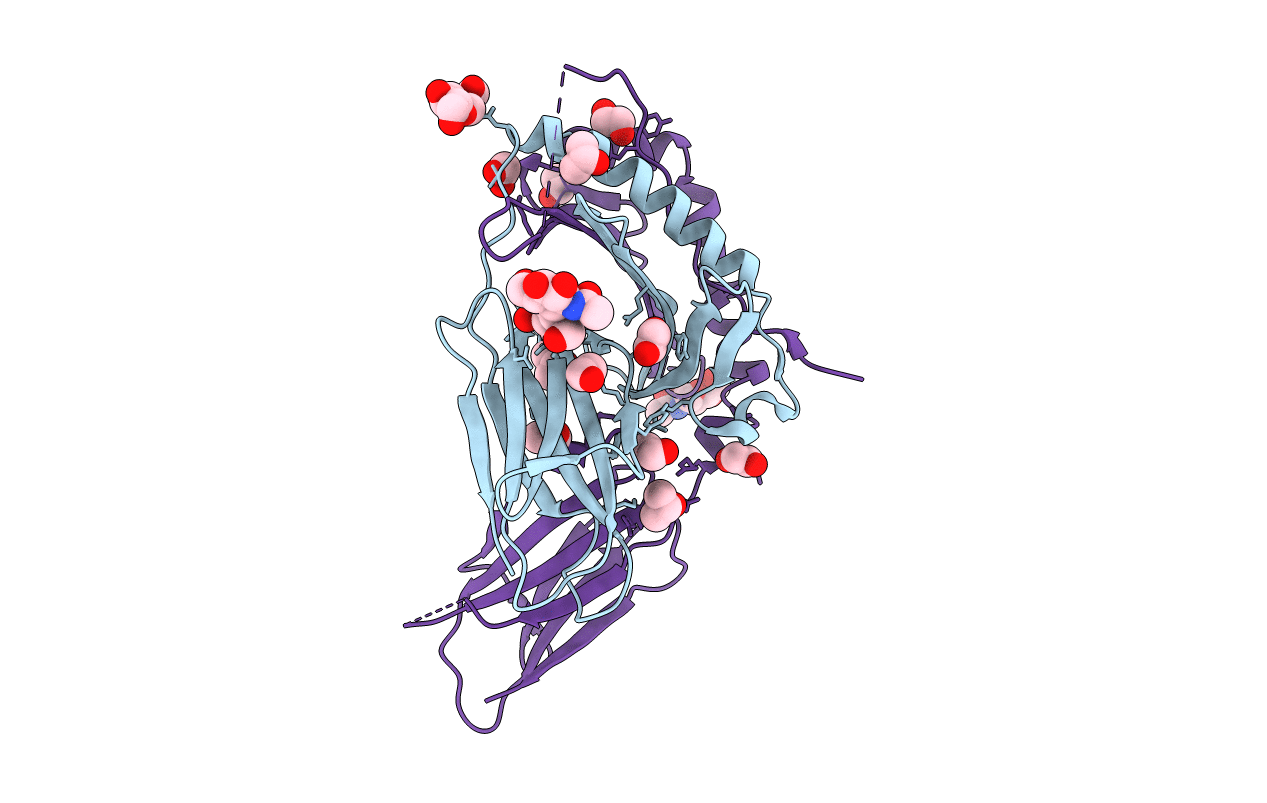
Deposition Date
2017-11-11
Release Date
2017-12-20
Last Version Date
2024-11-20
Entry Detail
PDB ID:
6BLQ
Keywords:
Title:
Crystal Structure of IAg7 in complex with insulin mimotope p8E9E
Biological Source:
Source Organism:
Mus musculus (Taxon ID: 10090)
Host Organism:
Method Details:
Experimental Method:
Resolution:
1.80 Å
R-Value Free:
0.20
R-Value Work:
0.16
R-Value Observed:
0.17
Space Group:
P 1 21 1


